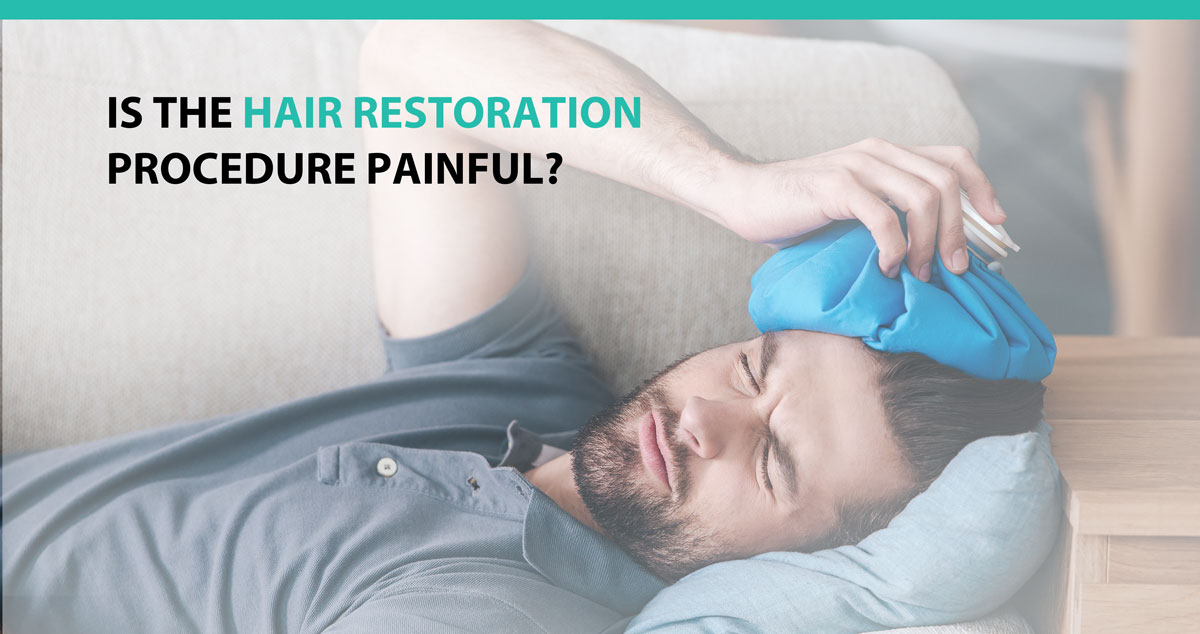
Modern hair transplant procedures have been around for at least six decades. That period has allowed us to research on more effective hair transplant techniques. Although they’re less invasive and painful than in the past, you might still have reservations if you’re planning on having one. This article provides factual answers concerning expectations before, during, and after the procedure.
Comparing Hair Restoration Procedures
There are two major hair restoration procedures, each with unique side effects:
- Follicular Unit Transplantation (FUT): It involves taking a strip of hair-rich skin from a donor area, dissecting it into smaller follicular units, and grafting them to the recipient area.
- Follicular Unit Excision (FUE): Dr. Williams uses a tiny tool to pick hair follicles one by one. After making microscopic holes in your scalp, he’ll insert the individual follicles into their corresponding circular incisions.
FUE is the more popular option mainly because it heals quicker, is less painful, and doesn’t cause visible scars compared to FUT. It’s also flexible because it uses hair from any part of the body. FUE works even if you have low hair density.
FUT also has its benefits, one of which is its suitability for transplants on larger areas. Other than being more affordable than FUE, it takes a shorter time to complete. Some of its adverse side effects include swelling, bleeding, bumps, scarring, inflammation, and numbness.
Pain Relief Before, During, And After a Procedure
No matter how advanced a procedure is, you can’t eliminate the possibility of discomfort. Local anesthesia is usually enough for a painless experience, with some sedation for increased comfort. If you have a phobia of needles, there are other ways of getting you ready.
Needleless anesthesia uses a cutting edge device that’s placed on your head to spray high-pressure air and anesthetic agents into the skin. Once they penetrate the scalp and spread to nearby tissues, you’ll be ready for your life-changing procedure.
Although you won’t feel pain, you might detect some pressure or tug on your scalp. Because FUT is more invasive than FUE, you might experience some pain 24 to 72 hours afterward. Your scalp may also swell and feel tender. To avoid these irritations, we recommend the following solutions:
Medication
Other than wearing bandages for a day or two after the procedure, Dr. Williams will prescribe medication to contain swelling and probable infection. Paracetamols treat headaches and other mild pain you might experience afterward. Avoid Ibuprofen for the first two days because it has blood-thinning properties which can increase bleeding. You’ll also need to take antibiotics for at least three days to avoid infection, as well as cortisone to reduce the chances of swelling.
Rest
Sleep with your head in an elevated posture, preferably at a 45-degree angle. Avoid workouts and intense activities at least for the first week. For the first couple of weeks, it’s not advisable to use dyes, hot air dryers, and other potentially damaging hair products.
You should be ready to resume normal activities in about a week after your hair transplant since these procedures have a high and proven success rate. In six to nine months, your new hair will have fully grown to cover your former bald spot. The permanent benefits you’ll gain far outweigh any discomfort you might feel during and after the procedure.
At the Advanced Medical Hair Institute, we’re committed to helping you reclaim your youth through cutting edge hair transplant solutions. Led by the experienced and highly skilled Dr. Joseph Williams, our team has a reputation for performing the most complex procedures with unmatched precision, passion, and integrity. Our past clients marvel at how painless their treatment plans were. Please make an appointment with us today for more details.










